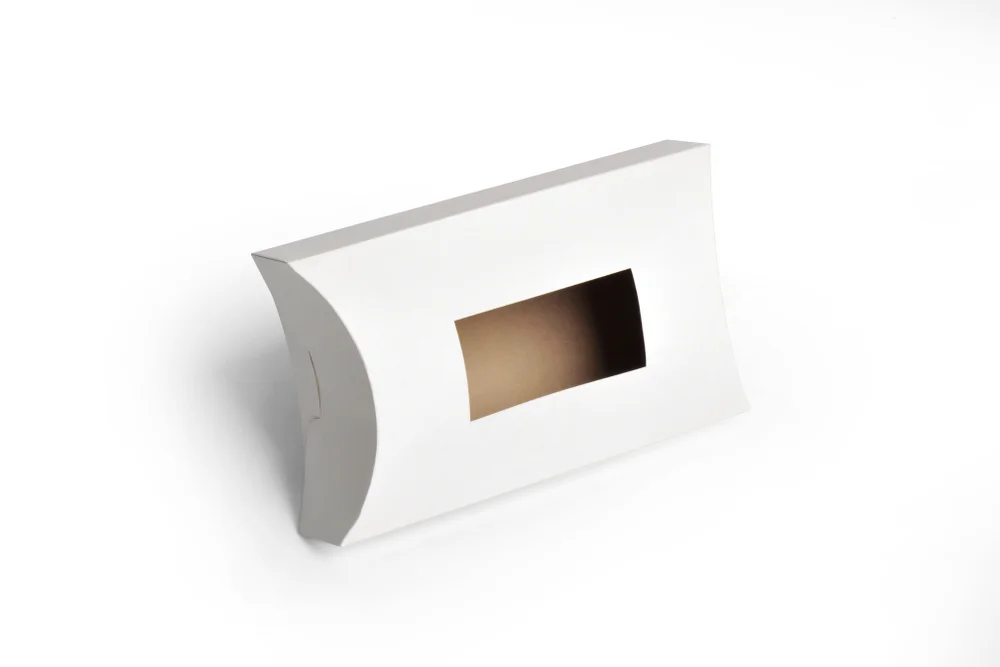The Art And Advantages Of Raised Ink In Custom Boxes And Packaging
Unleash the power of raised ink in custom boxes for packaging, where artistry meets functionality! Captivating your audience, nothing leaves a lasting impression quite like ink. Explore the mesmerizing world of ink and unlock its myriad benefits. Join us as we delve into its artistry, advantages, challenges, solutions, customer perception impact on sales, and exciting future trends in the printing industry.
What is Raised Ink? and The Benefits of Customizing Packaging Material
Instead of the traditional flat ink, ink creates a tactile experience for anyone who touches it. So why should you consider using ink when customizing your packaging material? Ink can also enhance readability as it contrasts the printed elements and the background color or pattern of the packaging. This is important to ensure that vital information, such as product names or instructions, is prominent. Moreover, ink can create a memorable experience for customers. This physical interaction builds trust and leaves a lasting impression on their minds.

Furthermore, ink offers practical advantages, too. Its three-dimensional nature makes it more resistant to smudging or fading than flat prints. This ensures that your branding remains intact during shipping and handling processes. In addition, customization options with ink are virtually endless – from metallic finishes that exude luxury to vibrant colors that demand attention – there's no limit to creativity!
Whether you want elegant lettering on cosmetic boxes or eye-catching logos on food packaging, this technique can achieve stunning results.
Designing Raised Ink vs. Other Printing
One popular option that has gained significant attention in recent years, this method adds a unique touch to custom box packaging—creating a visually appealing and tactile experience for customers. Unlike other printing techniques like offset or digital printing, ink involves applying layers of special ink onto the material's surface.
One advantage of designing with ink is its versatility. Additionally, ink offers depth and dimensionality that cannot be achieved with other printing methods alone. The process's elevated texture creates shadows and highlights, adding visual interest to the design elements chosen for your packaging. Its tactile quality engages customers physically when interacting with your product's packaging – making it more memorable than flat-printed designs. Compared to embossing or debossing techniques often used for creating textures on packages, ink provides a cost-effective solution without compromising aesthetics or functionality.

Furthermore, this technique enables precise detailing and intricate patterns without sacrificing clarity or legibility in small font sizes – which may occur in certain embossed designs due to their limitations in resolution. Designing with raised ink brings numerous advantages compared to other traditional printing methods commonly used for custom boxes and packaging materials:
- Enhanced visual appeal
- Tactile engagement
- Versatility across different substrates
- Cost-effectiveness
- Precise detailing capabilities
Best Ever Printing Techniques
Compared to other printing techniques, such as flat or digital printing, ink adds an extra dimension to your packaging. It creates a tactile experience that engages customers in business fields. When someone runs their fingers over ink, they can feel its texture, and this sensory interaction leaves a lasting impression. Designing with ink involves carefully considering the placement and amount of ink used.
Ink color significantly impacts customer perception, making products stand out from competitors on store shelves. Its three-dimensional effect adds depth and sophistication to any design. While there may be challenges associated with using ink in custom packaging – such as cost considerations or limitations on certain materials – these can often be overcome by working closely with experienced manufacturers specializing in this technique.

From new materials that enhance tactile experiences to innovations that push boundaries further than ever, the future looks promising for those who appreciate the artistry behind raising ink off paper (or cardboard)! So, next time you brainstorm ideas for your product's packaging design, consider incorporating raised ink into your vision for a truly unique and memorable presentation!
Build Customer Perception and Impact on Sales
In terms of sales impact, packaging plays a crucial role in attracting potential buyers at first glance. Consumers tend to be drawn toward aesthetically pleasing packages that stand out when presented with options on store shelves or online platforms. Ink designs catch people's eyes and evoke emotions through touch, creating a memorable impression that could lead to increased sales.
However, businesses must carefully consider their target market when using Ink printing techniques. While it may be well-received by specific demographics who appreciate craftsmanship and luxury goods, others might perceive it as unnecessary or extravagant for everyday products.

Challenges and Solutions
Challenges in incorporating raised ink into custom boxes and packaging can arise due to various factors. By working together closely at every stage – from conceptualization to production – potential issues can be identified early on and resolved promptly. Innovations in technology also provide solutions for challenges related to ink printing. Advanced machinery allows for precise application while minimizing inconsistencies between batches.
Future Trends in the Printing Industry
As technology advances rapidly, it is no surprise that the printing industry is also evolving. Ink adds another dimension to this personalization by creating a tactile customer experience. Ink can be applied using water- or soy-based inks, which are more sustainable alternatives than traditional solvent-based options.
Furthermore, advancements in 3D printing technology may open up new possibilities for raised ink applications. Imagine intricate textures and designs being printed directly onto custom boxes without additional processing steps.